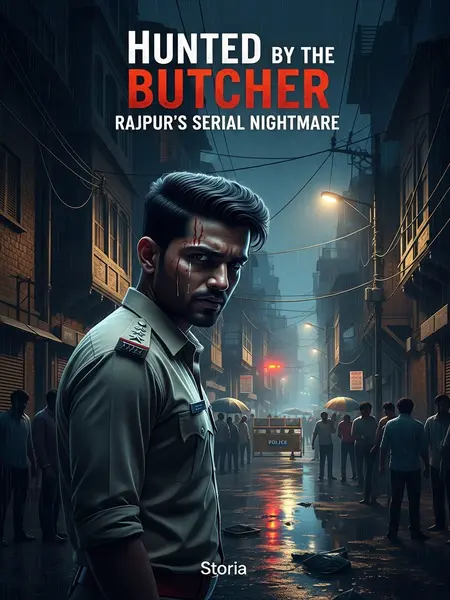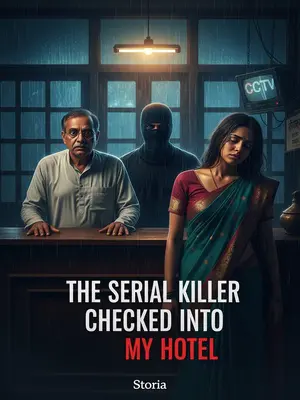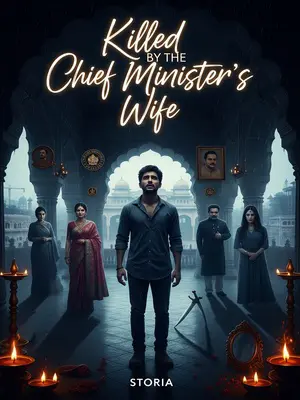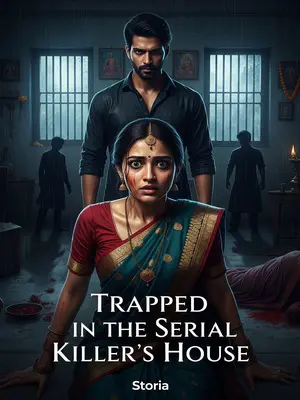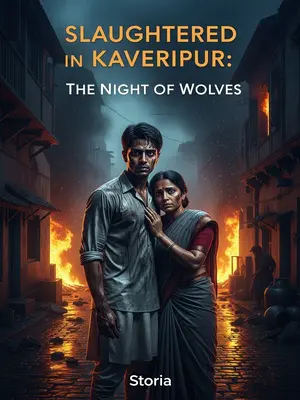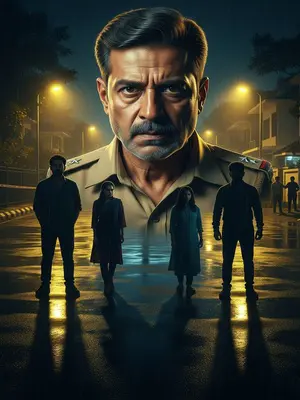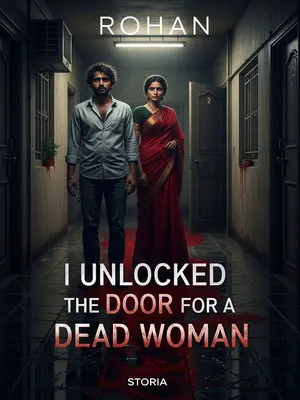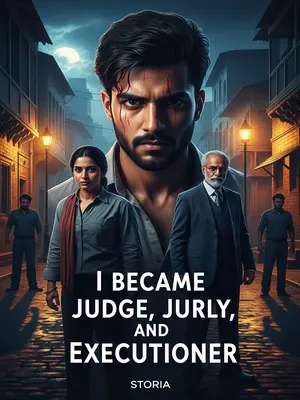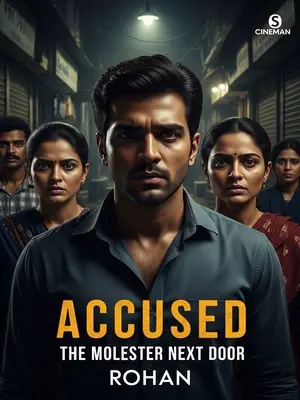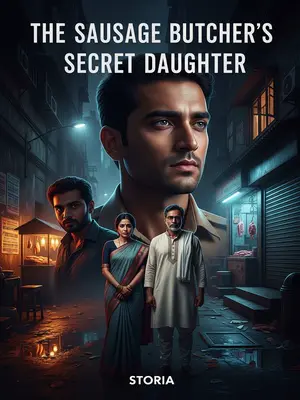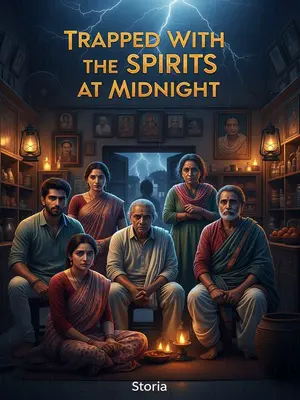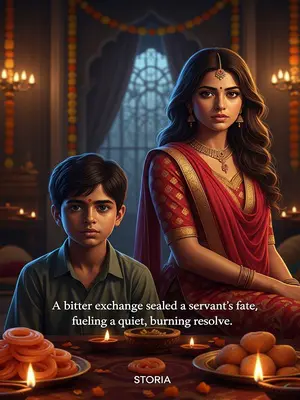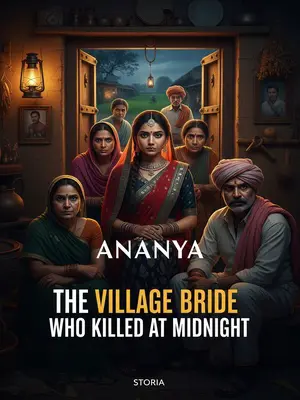Chapter 1: The Devil Among Us
If a person has a high IQ, suffers from obsessive-compulsive disorder, and is a sadist—
In India, people say, 'Zehar bhi pyar se do toh asar karta hai'—even poison given gently can have its effect. But here, in our gali-mohallas, it’s not poison but fear that spreads fastest—especially when it wears a human face. Now imagine someone with a mind sharper than a blade, a heart twisted beyond repair, and a compulsion to see others suffer. Such a person, Bhagwan na kare, could shake the very foundations of our society.
What would such a person do?
He would massacre 53 people, killing them as easily as slaughtering chickens, and slip away right under the noses of the police.
Aur hamare yahan, where every street corner has eyes and ears, a criminal like this walking free sends a thandi lahar down everyone’s spine. Even the most hardened policewallahs, who have seen everything, would whisper about this case with a lump in their throats.
This is a true case from the former Soviet Union.
But the horror, the fear, and the frustration of chasing such a criminal know no borders. These are the same stories whispered in small towns and police chowkis late at night—reminding us that monsters can hide anywhere: behind a foreign iron curtain, or right at our own doorstep.
He was called the "Bloody Butcher," one of the inspirations for Hannibal Lecter.
Even the most spine-chilling horror films wouldn’t dare to show such atrocities.
In 1992, the most savage and infamous serial killer in Russian history stood in the defendant’s dock.
This creature—hardly deserving to be called human—not only "evolved" over time, using ever more brutal methods to murder 53 people, but also consumed his victims’ organs raw.
It makes one’s blood run cold. The tales of rakshasas and chudails our grandparents told us seemed mild compared to the reality of this monster.
At that moment, he sat inside a specially constructed iron cage, awaiting trial.
The clang of iron, the harsh glare of the tube lights, and the suffocating air of the courtroom—all seemed to focus on this one man who was more beast than human. Even hardened constables averted their eyes.
But the cage wasn’t there to restrain him—it was to protect him.
Because if he weren’t forcibly isolated, the victims’ families in the gallery would have torn him to pieces within minutes.
In India, we say 'khoon ka badla khoon se'—blood for blood. The air was thick with rage, the collective grief and anger of dozens of families simmering just beyond the bars.
As the judge read out the names of the victims one by one, the courtroom was filled with piercing, anguished screams.
Some relatives, unable to bear the horrifying details of the crimes, wailed and fainted.
Women clutched at their dupattas, men held their heads and wept openly—shattering the myth that Indian men do not cry in public. The cries echoed off the walls, mingling with the smell of sweat and incense.
